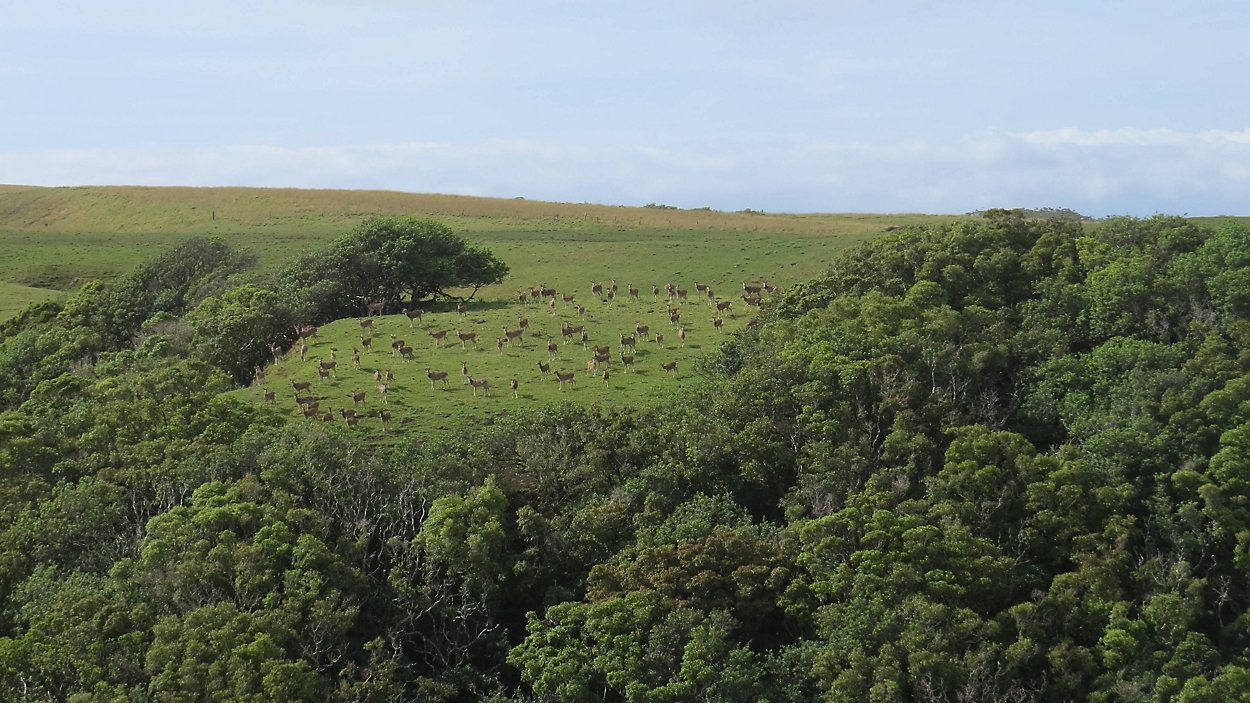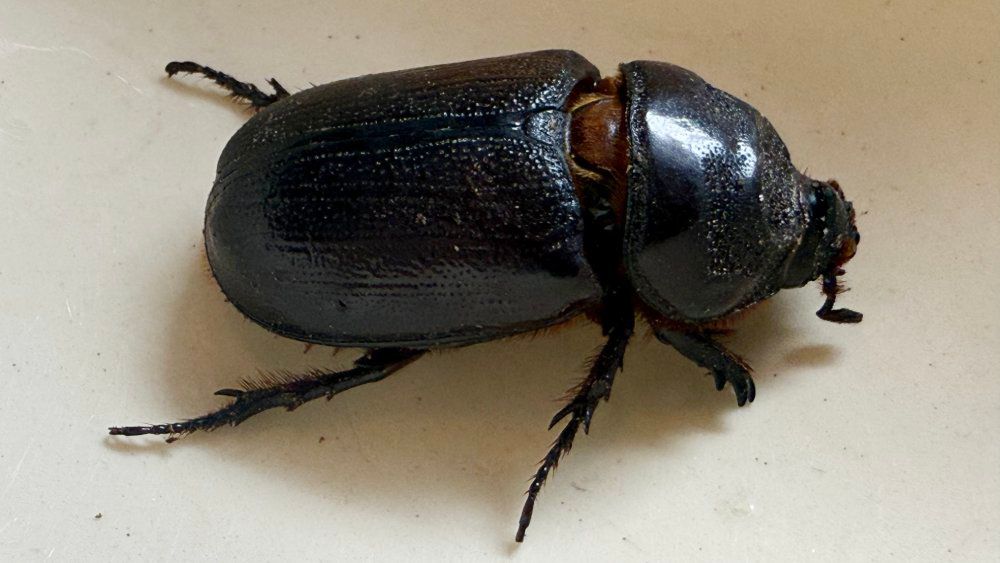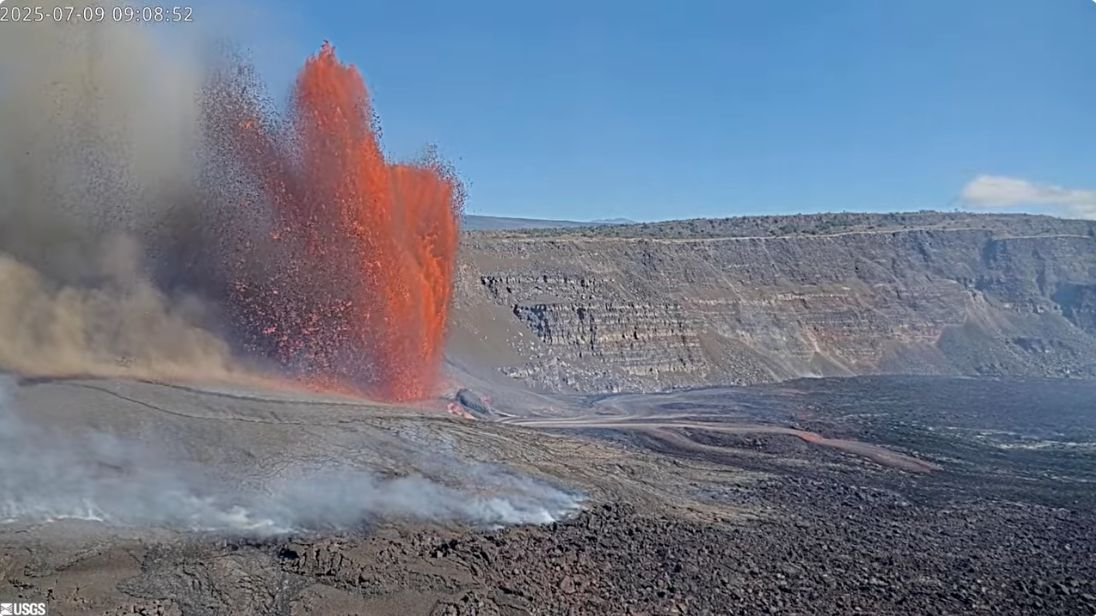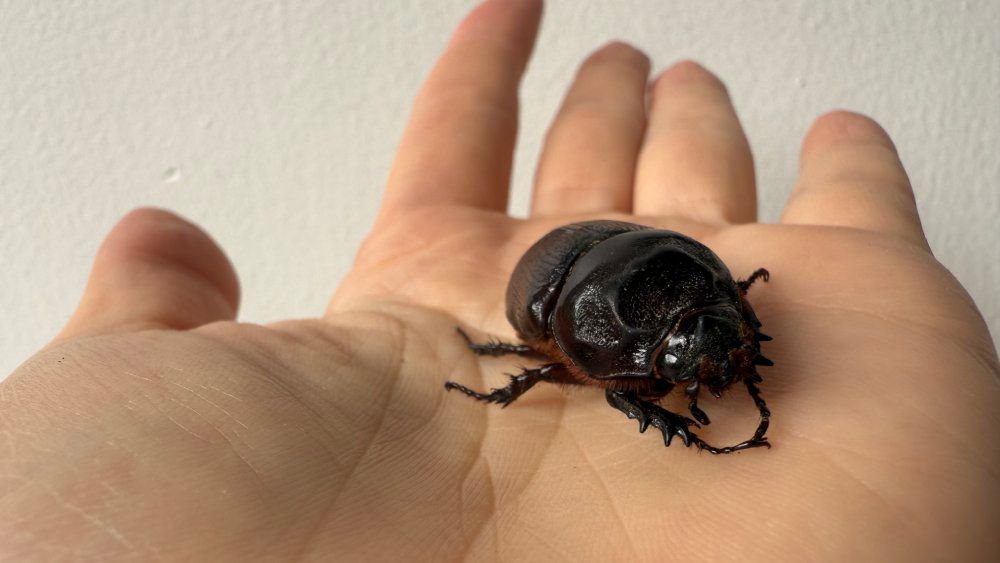Researchers compared data from before and during COVID-19 lockdowns to study how wild mammal behavior is affected by different levels of human activity.
“COVID-19 mobility restrictions gave researchers a truly unique opportunity to study how animals responded when the number of people sharing their landscape changed drastically over a relatively short period,” said lead author Cole Burton, an associate professor of forest resources management at the University of British Columbia.
The study used 5,400 camera traps, a camera that is triggered by nearby motion, which were placed in 21 different countries.
Researchers examined results related to 163 mammal species and learned that wild animals react differently to human activity levels depending on where the animals live and what they eat.
Many species in more modified landscapes were, surprisingly, more active when there was more human activity. Although the animal activity was more nocturnal, suggesting that animals in developed environments may be attracted to human resources but still try to minimize encounters with humans.
Also, bigger herbivores, like deer, became more active when humans were around, while carnivores such as wolves were less active, avoiding risky encounters, and showed the greatest increase in nocturnality.
“Nature Ecology & Evolution” published the study, titled Mammal responses to global changes in human activity vary by trophic group and landscape, on Monday. The massive study involved more that 220 researchers, including Hawaii-based authors Melissa Price and Derk Risch, who work at the University of Hawaii at Manoa.
The study is useful for wildlife managers who are considering how habituation to humans may affect different species. For example, wildlife managers may limit human activity to the daytime, leaving the night for animal activity, or they may want to restrict human activity in less developed environments.
In Hawaii, the only native land-based mammal is the Hawaiian Hoary Bat, an insectivore. However, Hawaii is home to introduced herbivores, such as axis deer and feral goats, and small predators, such as feral cats.
“The tendency for large herbivores to become more active near humans presents a number of challenges especially here in Hawaii where nearly all of our terrestrial mammals are non-native,” said Risch. “Animals being more active and increasingly nocturnal around humans increases the likelihood of harmful human-wildlife conflicts like car strikes and disease transmission. People can help by appropriately disposing of trash and refraining from feeding wild animals.”
It is especially important to minimize any detrimental effects of human disturbance on wildlife in Hawaii, since the island state has so many endangered species.
“In the Hawaiian Islands, people are very active in coastal areas where our native seabirds and sea turtles are impacted by human activity, artificial lights, plastic pollution, and invasive cats, rats, and mongoose,” said Price, a UH Manoa professor of wildlife. “Knowing that our choices matter is the first step in taking better care of our native plants and animals.”
The researchers encourage people to help by turning off artificial lights during the seabird fledgling season in October and November, take part in beach clean-ups and keep pets on a leash when outside.
Michelle Broder Van Dyke covers the Hawaiian Islands for Spectrum News Hawaii. Email her at michelle.brodervandyke@charter.com.









